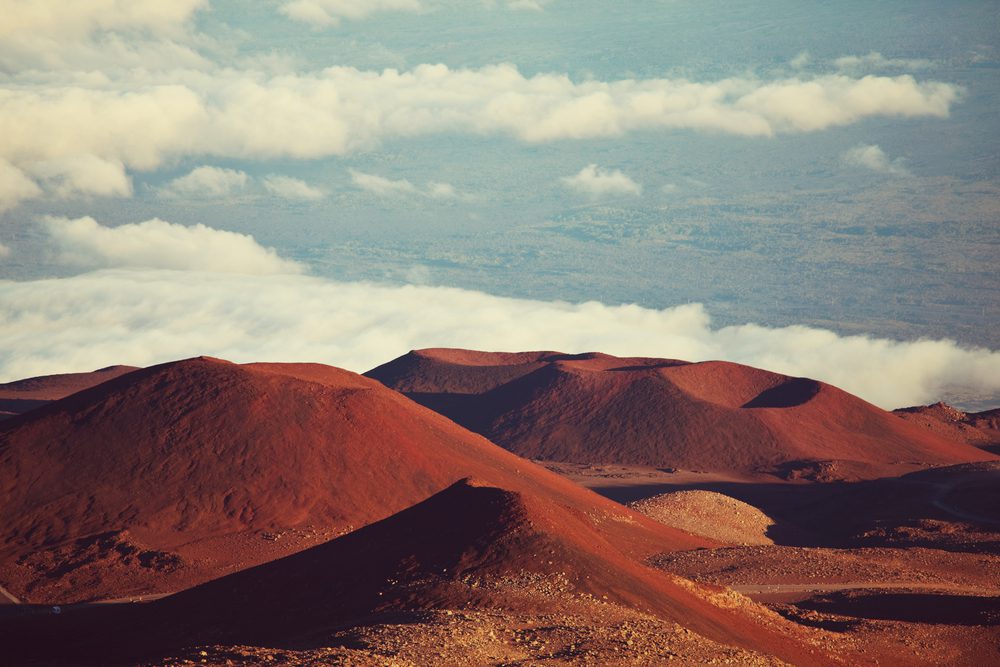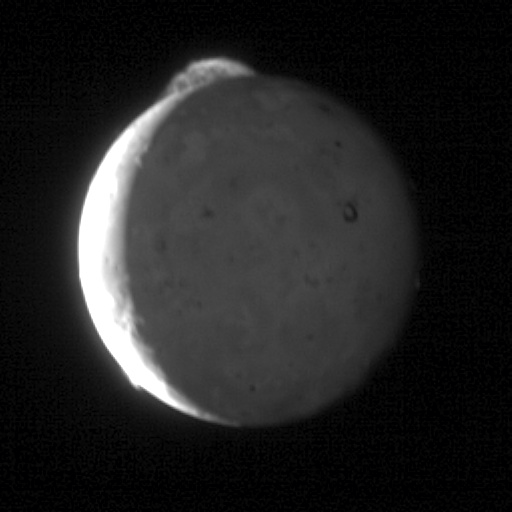Here’s an easy question for you: What’s the tallest mountain in the world? If you are wary of being asked such a seemingly simple query, you would be right to be concerned, because the answer is not necessarily Mount Everest.
At a height of 8,848 meters (29,029 feet) above sea level, it puts other mountains on Earth to shame. However, if you measure this distance out from the center of Earth, thanks to elevated crust near the equator, Ecuador’s Chimborazo is by far the “tallest.”
Measured above sea level, it is only 6,268 meters (20,564 feet) high; when taken from Earth’s core, it is actually 2,168 meters (7,113 feet) higher than Everest would be by this metric. This means that although Everest may be the highest peak on Earth, Chimborazo may in fact be the most prominent – meaning that it “sticks out” more than anything else.
Then there’s the issue of Mauna Kea, a dormant volcano on the island of Hawai’i. At 4,207 meters (13,803 feet) above sea level, it doesn’t come close to either Everest or Chimborazo using this traditional metric. If the water around it is removed, however, then the height of this once angry mountain is actually around 9,330 meters (30,610 feet). Side by side, Mauna Kea trounces Everest.

The beautiful Mauna Kea, which is pretty darn tall once all the water is removed. Image credit: Galyna Andrushko/Shutterstock.com
The reason this old volcano is so high is because it is sitting on oceanic crust, which is denser than the continental crust that Everest has emerged out of. This means that, even with a massive chunk of rock sitting on top of it, the former cannot be compacted as much as the latter. Ultimately, oceanic crust can support the weight of higher mountains than the continental crust ever could.
In any case, this all pales in comparison to the depths of the deepest point in the ocean. The Challenger Deep, found south of the Japanese archipelago, is 10,984 meters (36,036 feet) below the surface of the ocean. At this depth, it is 2,136 meters (7,000 feet) deeper than Mount Everest is tall.
But why stop at looking at Earth’s features? Thanks to a now-extinguished stationary superheated mantle plume beneath the crust, the Olympus Mons shield volcano on Mars spent millennia piling lava flow after lava flow on top of itself. Nowadays, the extinct edifice is 21,229 meters (69,649 feet) high, which is roughly 2.4 times the height of Everest.

A five-frame sequence of images from New Horizons that captures the giant plume from Io’s Tvashtar volcano. Image credit: NASA/JHU Applied Physics Laboratory/Southwest Research Institute.
Speaking of volcanoes, Io – the most volcanically active object ever discovered – is currently orbiting Jupiter and spewing out some unbelievably high plumes of sulfurous material. Thanks to explosive volcanic activity at the surface, a nearly non-existent atmosphere providing almost zero resistance, and a low gravitational field strength, some of these plumes can reach heights of 500 kilometers (311 miles).
These gloriously gargantuan columns of volcanic material, some of which have been observed in real-time as they begin to freeze into frigid crystals in space, can fit around 57 Mount Everests inside them. To the Solar System, Everest is a mere molehill.
This article was originally published in May 2016.
Source Link: Think Mount Everest Is The Tallest Mountain On Earth? Think Again